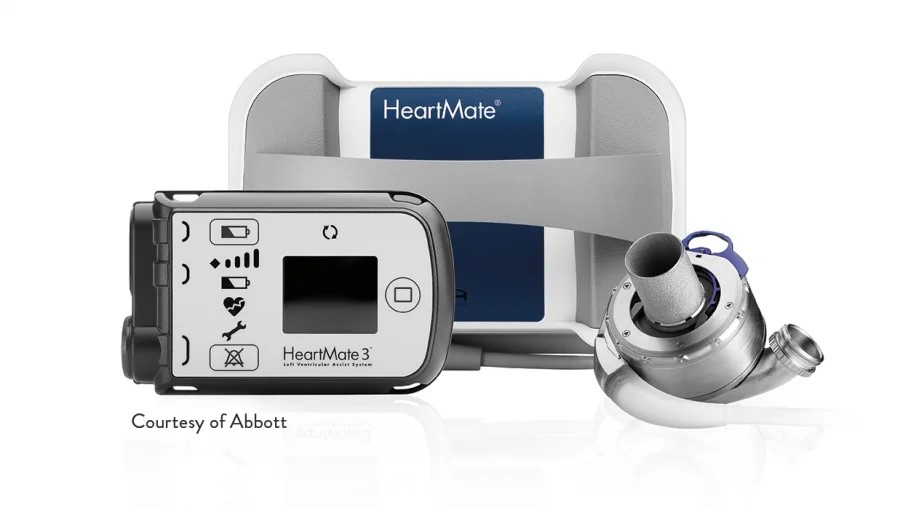Although a VAD can be implanted in either or both of your heart's ventricles, it is most commonly implanted in the left ventricle. It is known as a left ventricular assist device when it is inserted into the left ventricle (LVAD).
Blood is continuously pumped from your heart to your body with the help of modern LVADs.
A VAD implant technique frequently necessitates open cardiac surgery and has significant risks. A VAD, however, may save your life if you have serious heart failure.
How does this work?
The LVAD is a pump, much like the heart is. It is inserted surgically directly below the heart. The left ventricle, the chamber of the heart that pumps blood from the heart into the body, is where one end of the tube is connected. The body's major artery, the aorta, is connected to the opposite end.
The heart pumps blood into the pump. The blood inside the LVAD is transferred into the aorta when sensors show that the device is full.
Through the skin, a tube exits the device. The pump is connected to the external controller and power supply by a tube known as the driveline.
In open-heart surgery, the pump and its connections are inserted. Outside of the body, a computer controller, a power pack, and a backup power pack are still there. In certain variants, these external devices may be worn outside on a belt or harness.
What is the procedure?
The VAD surgery is carried out by a group of surgeons and nurses. This group will consist of heart surgeons (cardiovascular surgeons), nurses with surgical training (surgical nurses), and doctors skilled in administering drugs that put you to sleep during surgery (anaesthesiologists).
A ventricular assist device (VAD) is frequently implanted by doing open heart surgery. VAD surgery often lasts three hours or longer.
During the procedure, you will be given medications through IV to put you to sleep and relieve your discomfort.
During operation, a ventilator (a device that helps you breathe) will be attached to you.
During the procedure, medicines may be used to halt your heart. If so, you will be attached to a heart-lung bypass machine that maintains oxygen-rich blood flowing through your body during the operation.
The surgeon makes an incision down the middle of the chest to install the LVAD. In order to better examine the heart and position the device, the surgeon splits the sternum (the bone in the chest).
There are various components of an LVAD. The primary pump is implanted into the heart's tip. A flexible plastic tube is used to pump blood to the body's major artery (aorta). Blood is delivered to the body's other organs through the aorta. The mechanical pump is connected to a control unit (controller) and battery pack outside of your body by a cable that is placed through your skin.
You will be removed from the heart-lung bypass machine after your VAD is installed and functioning well so that it may begin pumping blood.




